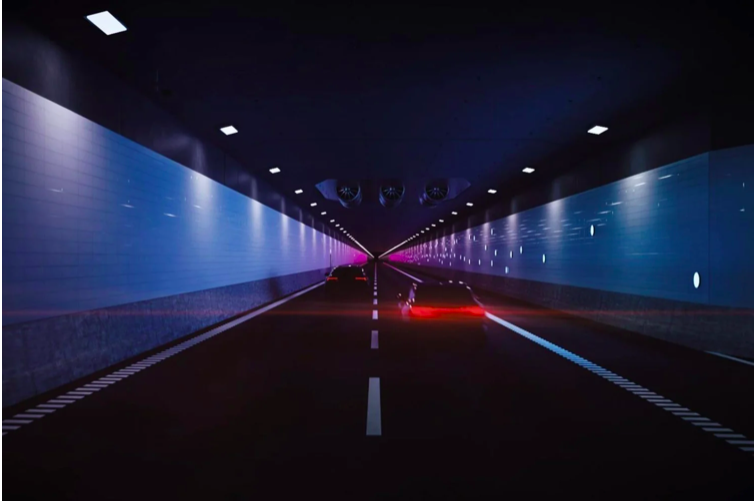Denmark and Germany in less than 7 minutes? This will soon be possible thanks to the world’s longest underwater tunnel, which will link the two countries under the Baltic Sea. This major project, inaugurated by King Frederik X of Denmark, will transform journey times and accelerate the ecological transition in the transport sector.

Denmark and Germany are about to be linked by the world’s longest underwater rail and road tunnel, thanks to the Fehmarnbelt project. King Frederik X of Denmark inaugurated the first section of the 18-kilometer tunnel that will cross the Baltic Sea, linking southern Denmark to northern Germany. This colossal infrastructure, scheduled to open in 2029, aims to reduce the current journey time from 45 minutes by ferry to just seven minutes by train.
An 18 km long tunnel
The Fehmarnbelt tunnel, linking Roedby in Denmark to Puttgarten in Germany, will extend as far as Central Europe and the Nordic countries, facilitating trade and travel. Sund & Baelt, the company responsible for construction, claims that the infrastructure will be the longest submersible tunnel in the world, and will include an electrified railroad. Motorists will be able to cross the Baltic Sea in ten minutes thanks to a four-lane freeway, while trains will take just seven minutes.
Frederik X unveiled a plaque at the entrance to the first 217-meter section of the tunnel, which will be submerged in an underwater trench on the Danish coast later this year. He also deposited a time capsule containing items donated by the workers who built the concrete elements of the tunnel. The Fehmarnbelt project, which began in 2011, involves assembling 89 concrete elements, manufactured in a special facility in Roedbyhavn, on the island of Lolland.
The total cost of the project is DKK 55.1 billion (approx. €4.8 billion), financed by Danish users. The Danish government will determine the toll rate for the tunnel at a later date. This project is part of a series of similar infrastructure projects undertaken by Denmark in recent years, including road and rail links with Sweden and between the major Danish islands.
The Fehmarnbelt tunnel, with its four road lanes and electrified rail tracks, will offer maximum safety for users. Each direction of traffic will have separate tunnel tubes and a complete emergency lane, all permanently monitored from a control center on the Danish coast and a rail control center in Copenhagen.
Source: JdG



